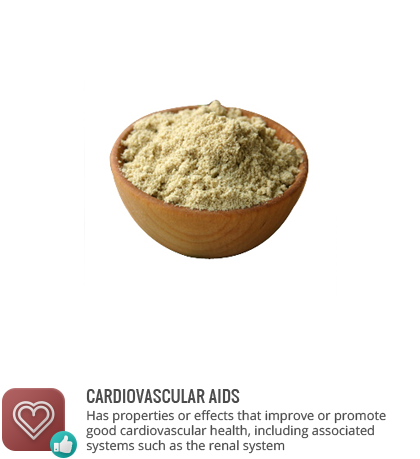Rice bran
Definition
Rice bran is the outer layer of whole grain rice. Rice bran is polished away when producing white rice and contains the majority of rice’s micronutrients. Isolated rice bran is sold as a supplement or is incorporated into other foods to enhance the nutritional profile.
Health considerations
Rice bran is 21% fat, 13% protein, and 21% fiber. It is an excellent source of many micronutrients. This includes iron, magnesium, manganese, phophorus, zinc, and copper. As well as B vitamins, particularly folate, thiamin, and niacin, and vitamin E. Rice bran is a source of omega-6 fatty acids as well as antioxidants, and has been shown to lower total cholesterol in humans. Rice bran has been found in some studies to contain significant levels of arsenic, far more than is found in the isolated bran of other grains. See: Rice bran oil.
Keep in mind
The amount of rice bran consumed in studies where cholesterol was lowered was sufficiently high to potentially significantly increase intake of arsenic. Arsenic content varies depending on the land on which the rice was grown. Rice bran was shown to be as effective as oat bran in one study; oat bran is not associated with arsenic risk.
May be found in
Guten-free baking, whole grain rice, whole grain rice flour, baked goods, bread, cakes, energy bars, nutritional supplements
References
Environmental Science & Technology
Nutrition Research
European Journal of Clinical Nutrition


